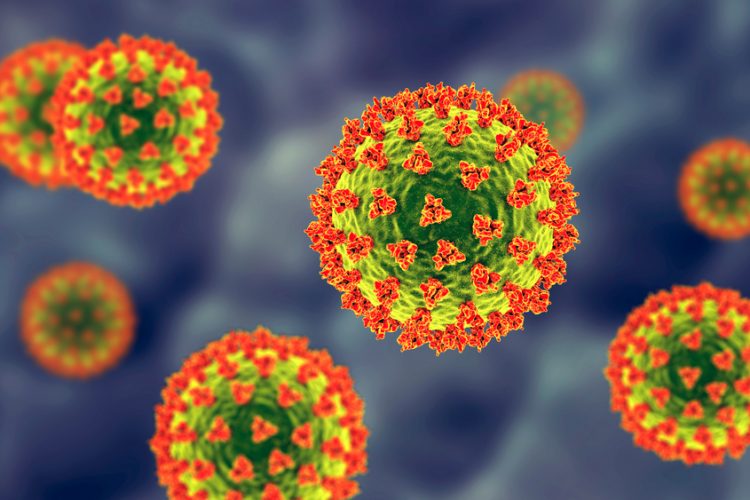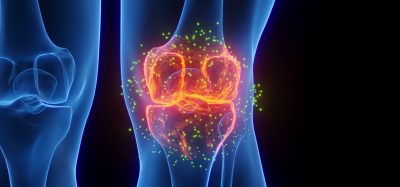Receptors enabling COVID-19 infection found on cilia progenitor cells, study shows
Posted: 8 April 2020 | Victoria Rees (Drug Target Review) | No comments yet
Sequencing almost 60,000 cells, researchers have found that certain cilia progenitor cells have gene transcripts for ACE2 and co-factor TMPRSS2, enabling COVID-19 infection.


Researchers have examined samples from patients without the COVID-19 coronavirus to determine which cells of the lungs and bronchi are targets for the SARS-CoV-2 infection.
The researchers are from the Berlin Institute of Health (BIH), Charité – Universitätsmedizin Berlin and the Thorax Clinic at Heidelberg University Hospital, whose collaboration is taking place under the auspices of the German Center for Lung Research (DZL).
According to the researchers, they discovered that the receptor for COVID-19 is expressed in certain progenitor cells. These cells normally develop into respiratory tract cells lined with hair-like projections called cilia that sweep mucus and bacteria out of the lungs.
Professor Roland Eils and his colleagues from the Thorax Clinic in Heidelberg initially intended to study why lung cancer sometimes occurs in people who have never smoked. They began by analysing samples of 12 lung cancer patients and studying the airways of healthy patients. However, the rapid spread of the COVID-19 pandemic prompted the researchers to revise their existing but unpublished data.
“I was convinced that the data we gathered from these non-coronavirus infected patients would provide important information for understanding the viral infection,” said Eils.
Knowing from previous studies that the virus’ Spike (S) protein attaches to the angiotensin converting enzyme 2 (ACE2) receptor on the cell surface and that it needs one or more co-factors to penetrate cells, the researchers investigated which cells are equipped with such receptors and co-factors. They conducted their experiment using single-cell sequencing technology to examine samples from the respiratory system.
“We then analysed a total of nearly 60,000 cells to determine whether they activated the gene for the receptor and potential co-factors, thus in principle allowing them to be infected by the coronavirus,” said Soeren Lukassen, one of the lead authors of the study. “We only found the gene transcripts for ACE2 and for the co-factor TMPRSS2 in very few cells and only in very small numbers.”
The researchers found that certain progenitor cells in the bronchi, which normally develop into the cilia, are mainly responsible for producing the coronavirus receptors.
“Armed with the knowledge of which cells are attacked, we can now develop targeted therapies,” explained Professor Michael Kreuter from the Thorax Clinic at Heidelberg University Hospital.
We only found the gene transcripts for ACE2 and for the co-factor TMPRSS2 in very few cells”
An additional finding of the study was that the ACE2 receptor density on the cells increased with age and was generally higher in men than in women. “This was only a trend, but it could explain why SARS-CoV-2 has infected more men than women,” Eils said.
“These results show us that the virus acts in a highly selective manner and that it is dependent on certain human cells in order to spread and replicate,” Eils explained. “The better we understand the interaction between the virus and its host, the better we will be able to develop effective counter-strategies.”
The findings were published in The EMBO Journal.
Related topics
Disease Research, Drug Targets, Research & Development, Sequencing
Related conditions
Coronavirus, Covid-19, Lung cancer
Related organisations
Berlin Institute of Health (BIH), Charité Universitätsmedizin Berlin, German Center for Lung Research (DZL), Thorax Clinic at Heidelberg University Hospital
Related people
Professor Michael Kreuter, Professor Roland Eils, Soeren Lukassen








